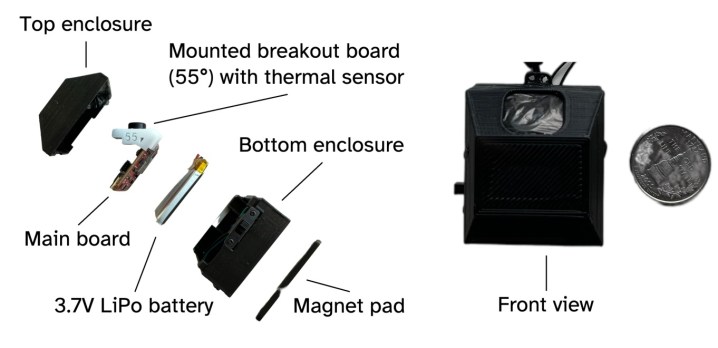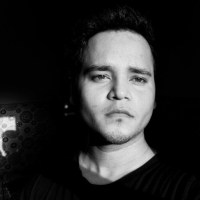Whether you believe in the Big Tobacco theories or not, cigarette smoking has a very tangible impact on not just the personal health of people, but also the places they live in — costing the U.S. an astounding $600 billion in healthcare spending and loss of productivity due to illness and premature death, as per the Centers for Disease Control and Prevention. The health agency also says, “cigarette smoking remains the leading cause of preventable disease, disability, and death in the United States,” adding that a healthy number of smokers want to quit the harmful habit.
The latter is not always easy, especially without constant monitoring and supervision backed by proper data. Experts at Northwestern University aim to solve all the problems in one go with a wearable sensor that looks like a necklace. Not only does it detect when you start smoking, but will also collect a ton of other quantifiable data that can help medical experts offer better care and cut down on the chances of a relapse.

Called SmokeMon, the device looks like a necklace and can “capture spatial, temporal, and thermal information around the wearer and cigarette all day to unobtrusively and passively detect smoking events.” The heat-sensing wearable device comes fitted with a low-power, low-resolution thermal sensor that is not only capable of detecting smoke from a cigarette but can also collect more information like how long each puff lasts, how long the cigarette stays in the mouth, when the cigarette is lit, the volume of smoke inhaled, the duration between each puff, and more.
The research team refers to these details as smoking topography. This data is of critical importance because it can help minimize the chances of a relapse. “This information can be used to predict when a person will relapse and when to intervene with a phone call from a health coach,” notes the press release. As for the method of intervention, it can be anything from a short message to a timely video call from a health coach, after they’ve seen the smoking data and found it alarming.
“Now we can begin to test the effectiveness of this device in improving the success rate of smoking cessation programs by preventing relapse in smokers who are planning to quit,” says research lead Nabil Alshurafa, Associate Professor of Preventive Medicine (Behavioral Medicine) at Northwestern University Feinberg School of Medicine. “We want to catch them before they completely fall off the wagon.”

SmokeMon comes equipped with a 500mAh battery that can last for 19 hours on a single charge, which means it would easily last a full day of tracking. It is one of the first devices of its kind that use thermal imagery to identify smoking episodes without causing any privacy concerns that come with a regular RGB camera sensor embedded in a sensor for activity tracking. Plus, the chances of false positives are low, since it does not rely on hand or body movements. For example, wrist-worn sensors often mistake an activity like lifting the hands to eat or drink with bringing a cigarette to your lips.
The team is working on chest sensors that would be capable of measuring respiration rate and air intake volume. When placed in a magnetic pad with SmokeMon and attached to a person’s chest, the whole assembly will offer even deeper insights into smoking patterns. The current iteration of SmokeMon suffers from a low field-of-view, but the team notes in the research paper that it could very well be doubled by adding another sensor unit to the assembly.
The team is also working on further improvements that would allow the wearable to detect electronic cigarettes, bongs, and more types of smoking substances than just tobacco. Notably, the data-processing platform powering SmokeMon has been open-sourced, allowing the research community to further refine the engineering behind the device and enhance its capabilities.
The research has been published in Proceedings of the ACM on Interactive, Mobile, Wearable, and Ubiquitous Technologies, while the open-source data behind SmokeMon algorithms is available on GitHub.
Editors' Recommendations
- An Apple smart ring could be coming soon
- Is it time to shut your mouth? This smart wearable will let you know
- Xiaomi Mi Smart Band 4 impressions: All the fitness tracker you need



